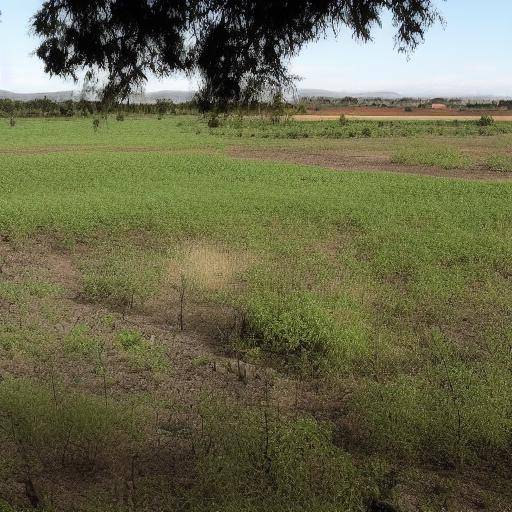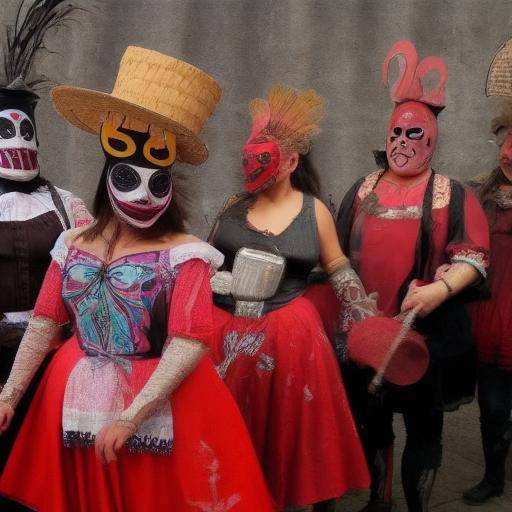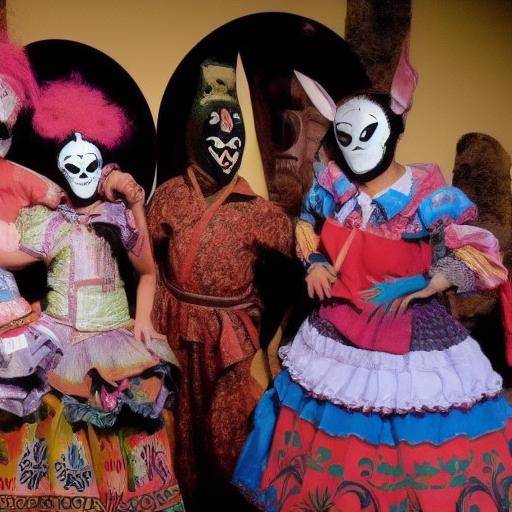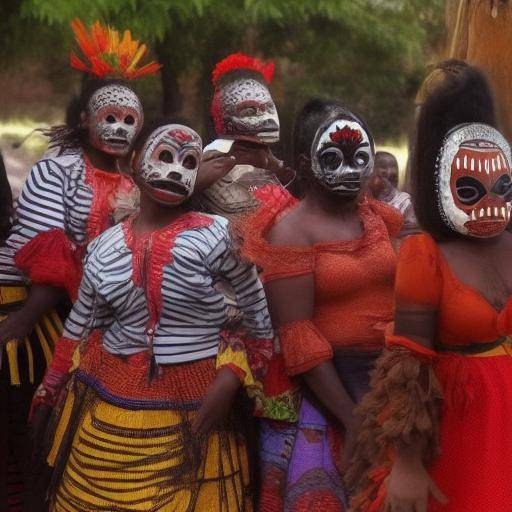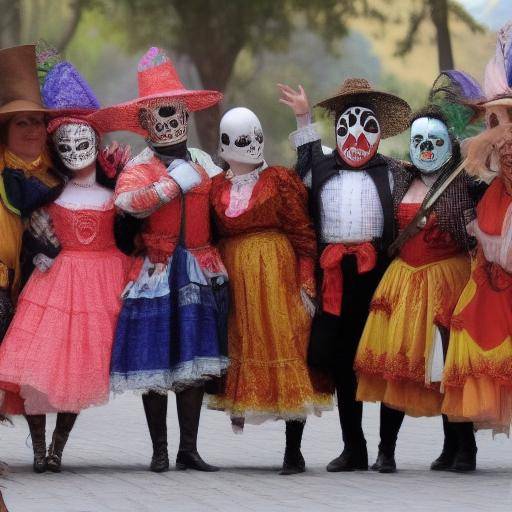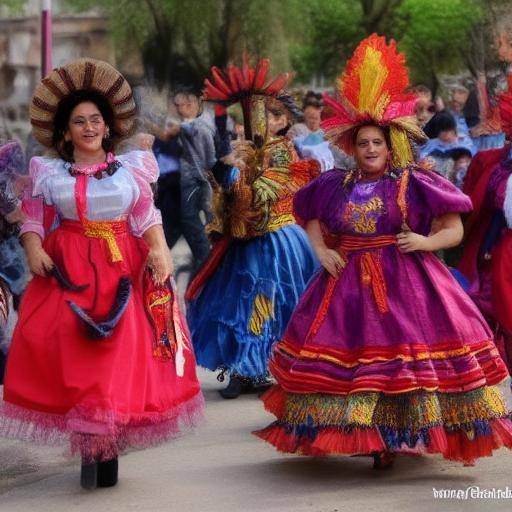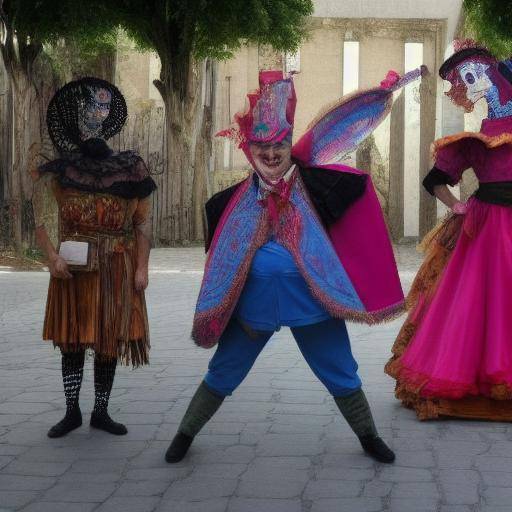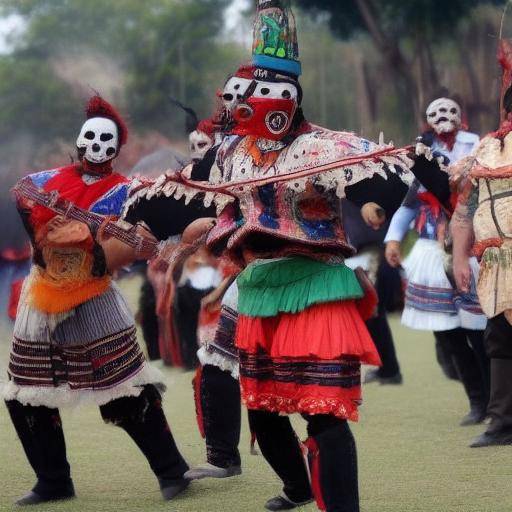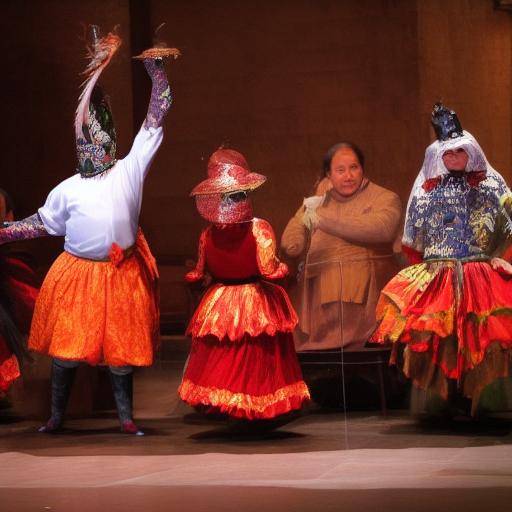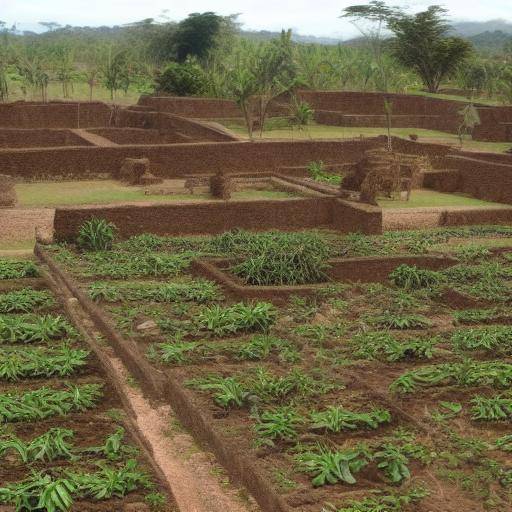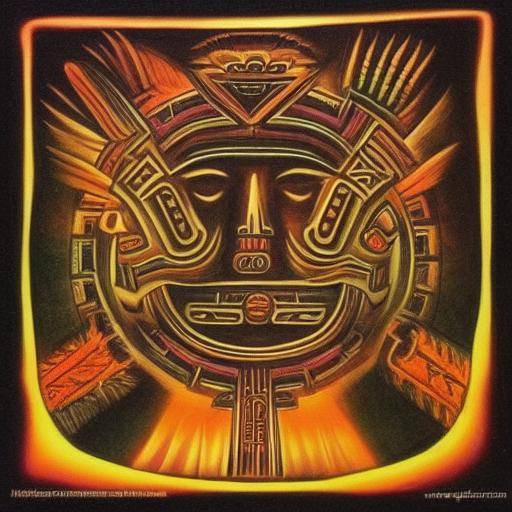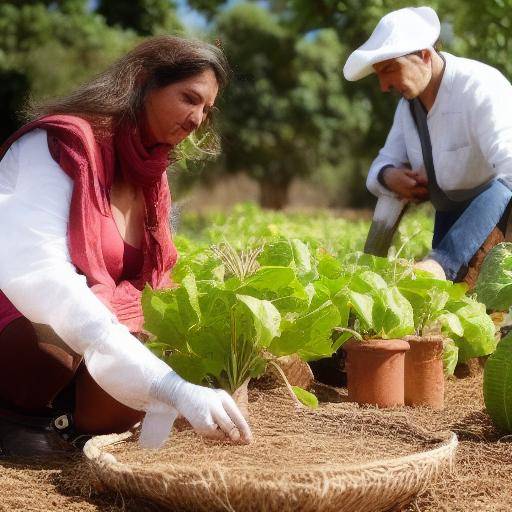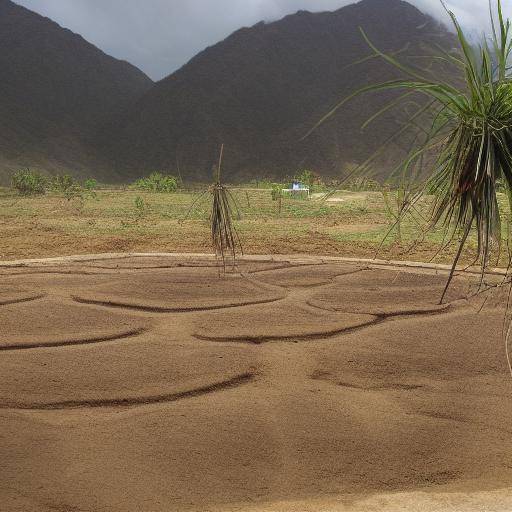
The Tláloc God, venerated in Mexic culture, is a crucial deity related to rain and fertility. Understanding its importance in pre-Hispanic mythology is essential to appreciate the influence it had on sacrifices, agriculture and masks. This article explores the rich history of Tláloc and its impact on these areas, offering a deep and well-informed vision.
Introduction
The Tláloc God, venerated by ancient Mesoamerican civilizations, remains a fascinating figure in the study of mythology and its implications in the daily life of these societies. In this article, we will enter the world of Tláloc, exploring how its cult influenced different aspects of culture, from ritual sacrifices to the cultivation of the earth and the creation of ceremonial masks. In addition, we will unravel the importance of Tláloc in the Mesoamerican worldview, its implications in agriculture and its connection with cultural ceremonies and practices.
History and Background
Mesoamerican civilizations, like Aztecs, Mayas and Ottomans, worshiped Tláloc as the god of rain and fertility. Their attributes and symbols, such as lightning, thunder and aquatic snakes, reflected their power to control natural forces. The cult of Tláloc was closely linked to agriculture, as the rain was vital to the success of the harvests.
The importance of Tláloc was manifested in the realization of human and animal sacrifices as offerings to ensure the arrival of the rain. These rituals were a fundamental part of the Mesoamerican religion and reflected the deep belief in the direct influence of Tláloc in the rain cycle.
The connection between Tláloc and agriculture was evident in the agricultural practices of Mesoamerican civilizations. The farmers performed rituals to honor Tláloc and requested his benevolence to ensure the fertility of the land and an abundant harvest.
Analysis in Deep
The role of Tláloc in agriculture was not limited only to the provision of rain. The creation of ceremonial masks, associated with religious practices and the cult of Tláloc, represented another facet of its influence on Mesoamerican culture. These masks, often used in theatrical ceremonies and performances, reflected the connection between the rain god and the artistic and ritual expressions of society.
The cult of Tláloc was also expressed through architecture and iconography, with representations of the god present in temples, stelae and ceremonial artifacts. These visual manifestations were indicative of deep devotion to Tláloc and its impact on all aspects of Mesoamerican life.
Exhaustive examination
The influence of Tláloc on agriculture, sacrifices and masks reveals the complexity of its legacy in Mesoamerican culture. The sacrificial rituals were closely related to the need to ensure rain for the success of the harvests, while the ceremonial masks represented the artistic expression of this devotion.
It is crucial to understand that worship at Tláloc was not limited to a mere religious veneration; its teachings and attributes influenced the perception of the natural world and the cultural practices of Mesoamerican civilizations.
Comparative analysis
By comparing the influence of Tláloc in sacrifices, agriculture and masks, we can appreciate the interconnection of these practices in Mesoamerican society. The agricultural economy depended directly on the benevolence of Tláloc, whose ritualistic demands through sacrifices and offerings formed an interconnected cycle with religion, agriculture and cultural expressions.
The ceremonial masks, used in celebrations and rituals in honor of Tláloc, illustrate the central role of artistic expression in the veneration of deity. These masks, often made with symbolisms associated with rain, fertility and nature, reflected the deep connection between the iconography of Tláloc and the ritual practices of Mesoamerican society.
Practical Tips and Accessible Tips
While the worship of Tláloc has evolved over time, its legacy persists in understanding the interrelations between sacrifices, agriculture and artistic expressions. To fully understand the influence of Tláloc in these areas, it is vital to explore ritual practices, beliefs and myths associated with the god of rain and fertility.
- Participating in celebrations and celebrations that honor Tláloc can provide a practical experience to understand its influence on Mesoamerican culture.
- Exploring the symbolism of the ceremonial masks associated with Tláloc can provide a deeper understanding of the intersection between religion, art and cultural expression.
Industry Information and Expert Reviews
The scholars of Mesoamerican culture provide a valuable perspective on the influence of Tláloc on the cultural and religious practices of ancient Mesoamerica. His research provides detailed information on the rituals, beliefs and iconography associated with the Tláloc cult, offering an integral vision of its impact on society.
The experts in archaeology and anthropology have addressed the representation of Tláloc in the Mesoamerican iconography, providing a profound interpretation of the importance of deity in the visual manifestations and the worldview of ancient civilizations.
Case Studies and Real Life Applications
Case studies exploring the relationship between Tláloc, sacrifices, agriculture and masks provide a detailed understanding of how these practices intertwined in the daily lives of ancient Mesoamerican civilizations. These analyses show how worship of Tláloc permeated various spheres of society, from agricultural production to artistic expression.
Contemporary applications of the principles associated with Tláloc, such as the importance of rain for sustainable agriculture, offer valuable insights on the lasting relevance of the rain god in understanding ecosystems and the relationship between humanity and nature.
Future Trends and Predictions
As research in archaeology, anthropology and mythology continues to evolve, new perspectives on the influence of Tláloc in Mesoamerican culture are likely to emerge. The exploration of the cosmovision and religious practices associated with Tláloc will reveal innovative perspectives on its impact on ancient society.
Future trends in academic research could generate a more holistic understanding of the relationship between Tláloc, sacrifices, agriculture and cultural expressions, providing greater insight into the lasting legacy of the rain god in Mesoamerican culture.
Conclusion
In short, the study of Tláloc, the god of rain and fertility, reveals the profound interconnections between religion, agriculture and artistic expressions in the former Mesoamerica. The influence of Tláloc transcended ritual practices to cover all aspects of Mesoamerican life and society, from direct influence on agricultural production to artistic and ritual expression.
Frequently asked questions
What was the purpose of the sacrifices related to Tláloc?
The sacrifices were meant to ensure the arrival of the rain, vital to guarantee the fertility of the earth and the success of the harvests. It was believed that these offerings were necessary to appease Tláloc and ensure his favor.
How was Tláloc's influence on agriculture manifest?
Tláloc worship was closely linked to agricultural practices, as rain was essential for crop development. Farmers performed rituals to request the benevolence of Tláloc and ensure a season of fertile rains.
What was the meaning of the ceremonial masks associated with Tláloc?
The ceremonial masks represented the artistic expression of devotion to Tláloc, with symbols associated with rain, fertility and nature. They were used in rituals and festivities to honor the god of rain and fertility.
How did Tláloc influence Mesoamerican cultural expressions?
The influence of Tláloc was manifested through ritual practices, iconography and artistic expressions associated with his cult. His presence was evident in ceremonies, visual representations and festivities, widely permeating Mesoamerican culture.
What is the lasting relevance of Tláloc in understanding Mesoamerican culture?
The legacy of Tláloc persists in understanding the interconnections between religion, agriculture and artistic expressions in the former Mesoamerica. Its influence reflects the deep connection between Mesoamerican cosmovision and ritual and cultural practices.
What future trends could arise in the study of Tláloc and its influence on Mesoamerican culture?
Future trends could bring new perspectives on the influence of Tláloc on the Mesoamerican worldview, generating a more holistic understanding of its interconnection with sacrifices, agriculture and cultural expressions. Continuous academic research will offer a more complete view of its impact on ancient society.
In conclusion, the worship of Tláloc, the god of rain and fertility, played a fundamental role in various aspects of Mesoamerican culture, from ritual sacrifices to agriculture and artistic expressions. Understanding its essential influence to appreciate the complexity and wealth of the Mesoamerican worldview and its lasting impact on the understanding of pre-Hispanic culture.

